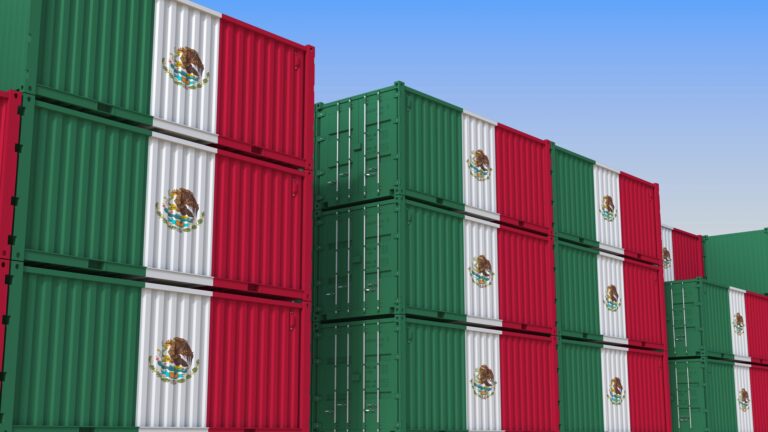Introduction
Over the past few decades, China has held the title of the world’s manufacturing powerhouse, luring businesses from around the globe with its low-cost labor and massive production capabilities. However, in recent years, Mexico has been emerging as a formidable contender in the field of offshore manufacturing. As production costs rise in China and geopolitical uncertainties persist, Mexico’s strategic location, skilled workforce, and favorable trade agreements have positioned it as a promising alternative. In this blog post, we’ll explore the factors driving Mexico’s rise in offshore manufacturing and whether it could potentially become the new China in this arena.
Geopolitical and Trade Considerations
China’s dominance in offshore manufacturing has come with its own set of challenges. Rising labor costs, concerns about intellectual property theft, and complex trade dynamics have led many businesses to rethink their manufacturing strategies. Additionally, global events such as the U.S.-China trade tensions and the COVID-19 pandemic have exposed vulnerabilities in long and complex supply chains, prompting companies to seek more resilient alternatives. Mexico’s close proximity to the United States and its membership in trade agreements like the United States-Mexico-Canada Agreement (USMCA) offer businesses a more stable environment for production and distribution.
Skilled Workforce and Proximity to Markets
Mexico boasts a skilled and rapidly growing workforce, particularly in industries such as automotive, electronics, aerospace, and medical devices. The country’s focus on education and technical training has resulted in a labor force that is adaptable and capable of producing high-quality goods. Moreover, Mexico’s proximity to the North American market offers a significant advantage. Reduced shipping times and transportation costs enable just-in-time manufacturing and quicker responses to changes in consumer demand.
Cost Competitiveness
While Mexico may not match China’s ultra-low labor costs, it still presents a cost-effective option for manufacturers, especially when considering the total cost of production. Factors like reduced shipping expenses, faster lead times, and minimized inventory costs contribute to a competitive overall cost structure. Additionally, as China’s labor costs continue to rise, the cost gap between the two countries narrows, making Mexico an increasingly attractive proposition.
Diversification of Supply Chains
The disruptions caused by the COVID-19 pandemic highlighted the risks associated with overreliance on a single manufacturing hub. Businesses are now seeking to diversify their supply chains to enhance resilience. Mexico’s emergence as a reliable manufacturing hub offers an opportunity for companies to reduce their dependence on China and spread their production across multiple regions, mitigating potential disruptions.
Challenges and Considerations
While Mexico offers numerous advantages, it’s important to note that it also faces challenges. Infrastructure limitations, security concerns, and occasional political uncertainties can impact the ease of doing business in the country. Additionally, while Mexico’s labor costs are lower than those in the United States, they are still higher than China’s, and manufacturers need to carefully balance cost considerations with the benefits of proximity and skilled labor.
Conclusion
Is Mexico becoming the new China for offshore manufacturing? While it’s unlikely that Mexico will fully replace China’s manufacturing dominance, it is undoubtedly carving out a significant and growing niche for itself in the global manufacturing landscape. The country’s strategic advantages, skilled workforce, and favorable trade agreements position it as a strong contender for businesses looking to diversify their production operations and reduce risk. As industries continue to evolve and global dynamics shift, Mexico’s role in offshore manufacturing is likely to become increasingly prominent.

